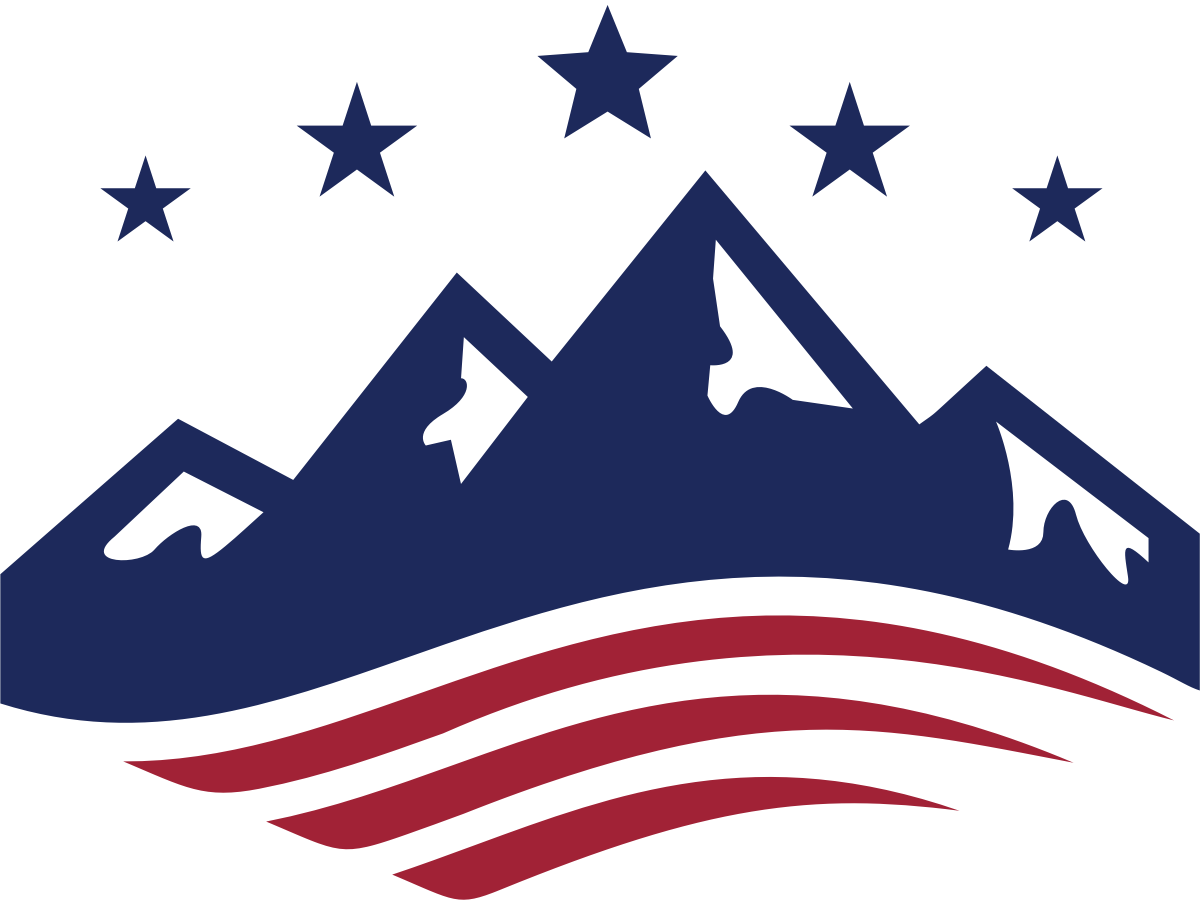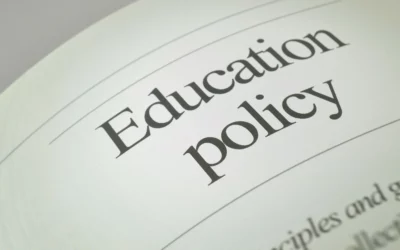
Written by Christine Cooke Fairbanks
June 15, 2023

Updated June 28, 2023.
A growing number of cultural and values-driven controversies in public schools is one reason more families are seeking parent-driven education: They want more say over how their children are educated, the ideas they are being taught, and the social environments of their children.
As a result, education choice has been a burgeoning area for state legislators, which has created more parent-driven education options – where parents act as teachers, administrators, funders or hosts.
But such levels of parent involvement in their child’s education are far from a new concept. In some ways, today’s parent-driven education options are a return to America’s education foundations. How education was first established in America – minus the modern technologies and public policy support through education choice programs – is comparable to how an increasing number of parents are seeking to drive the education of their children today.
The Colonial era
Education in the pre-Revolutionary 13 Colonies was non-standardized and variable, depending on several factors, such as one’s family and region. Parents were central to the education of their child – often paying for schooling without taxpayer support or bearing the entire responsibility for instruction themselves. This, of course, meant that some families left their children uneducated, allowed them to simply pick up enough skills for a vocation, or sent them away to other families for training or apprenticeships.
For those in the Northeastern Protestant colonies, reading the Bible and religious understanding were also seen as a central feature of a child’s education, making home a key place of learning. Religion was also a strong motivator for the New England Colonies to prioritize education in their laws.
The first law regarding education in America was passed in 1642 in Massachusetts, named the “Massachusetts Compulsory Attendance Law.” This law required that heads of households be responsible for the education of any children living in their household – codifying that parents were seen as a child’s first and most important educator. The law extended to more than the head’s immediate offspring and included the children of servants and apprentices. Rather than requiring students to attend school, the law’s intent was to ensure parents took responsibility for children’s educational instruction and learning.
When more organized schools came into existence, family finances were still a factor in whether a student could attend.
In 1674, the Massachusetts passed the “Old Deluder Satan Act,” which required towns with 50 households to create what would have been an elementary school, and if it met a larger threshold (100 households) to create what we would call a secondary school.
Even though town resources – derived by the communities’ discretion rather than always taxes – helped support these schools, they were only considered “public” in that anyone who could pay could attend with no other restrictions. This was in contrast to schools that were open only to those in a particular religion. In contrast to today, statutes required education to be provided but did not require students to attend school.
In areas outside of the New England colonies, education was often more reliant on families and other private institutions like local churches and private donors.
For instance, the Virginia governor in 1671 said the responsibility for education was up to “every man according to his own ability to instruct his children.” Farmers in the South who worked in fields would sometimes combine resources to create a “field school,” located near where they worked – a Colonial version of the microschools gaining popularity today. Endowed schools were sometimes overseen by public officials, though they were still privately funded. Very rarely were public funds given to a school.
Like other areas, public funds were rarely given to schools in the middle colonies like New York, New Jersey, Philadelphia and Delaware. A variety of religious groups played an important role in creating a range of schools in Philadelphia. Some privately endowed schools were free for the poor, while other schools charged tuition.
All of this meant that even when parents were not the direct instructors, families usually had ultimate responsibility for education, whether by tradition or by law.
The founding of the United States of America
By the time the nation was founded, many of these features remained. Other than in rare instances – like the Northeast’s partially publicly supported education system – education was still usually privately supplied and paid. It took place at home, church, schoolhouses, and in other local institutions. Still, parents believed it was their duty to educate their children, and that included morality and religion.
However, the Founders understood that a newly birthed republic required an educated citizenry – one that understood the government they had created so they could ward off tyranny. John Adams and Thomas Jefferson both pursued publicly supported education systems. Their efforts eventually influenced other public education systems and future policy in Congress.
In 1779, in Virginia, Jefferson sought to pass the “Bill for the More General Diffusion of Knowledge,” which would have created and financed a public education system for both boys and girls. Its failure was attributed to a lack of resources due to the effects of the Revolutionary War, though the policy was initially received with enthusiasm by lawmakers.
A little later, in 1780, Adams drafted the Massachusetts Constitution, which put education in a key position of importance in its government. This constitution served as a model for several other state constitutions.
Congress adopted some of Jefferson’s and Adams’ philosophies when drafting and passing the Northwest Ordinances of 1785 and 1787, which divvied up land to the territories so they could become states. These laws outlined how to divide up the land into counties and towns and required that land resources be used to finance a public education system. Such a policy emphasized the government’s interest in education even though there was no formal role for the federal government in education outlined in the U.S. Constitution.
Even as public sentiment started to turn away from parent-driven education toward publicly funded and (what would evolve into) more government-driven systems of schooling, culturally parents were understood to play a key role in a child’s education. For instance, while education for white men was important because they would be voters, education for girls was justified on the understanding that that they were educators for their children. In this way, parents were seen as drivers of education through the founding of the nation and our early conceptions of public education.
Conclusion
Education leaders, reformers and parents should consider that parent-driven education is not a novel concept. Though the pandemic has caused a resurgence of interest by parents in education, it is simply a return to the nation’s education roots: where parents are primarily responsible for the learning of their children. Reality, grounded in natural law, suggests this anyway: parents are their child’s first and preeminent educators in life.
Regardless of available schooling options – whether publicly funded or privately created – America’s education tradition is one in which parents feel empowered and are legally respected in their role to guide their child’s learning.

Insights: analysis, research, and informed commentary from Sutherland experts. For elected officials and public policy professionals.

-
Colonial education relied heavily on families, churches and other private institutions, as opposed to publicly funded systems.
-
During the founding of our nation, there were early efforts to create public education systems as a way to educate the citizenry about the new republic.
-
The resurgence in parent-driven education today is in some ways a return to America’s earliest education foundations.
Read More
Looking at Supreme Court and religious freedom through the lens of the presidential campaign
Two constitutional issues highlight similarities and differences between the Biden and Trump administrations.
Education policy to consider during the 2024 election season
Here’s a look at what each presidential candidate is likely to focus on in education, given their track records and campaign platforms.
Ignoring the text of the Constitution is a mistake
A written Constitution is entirely superfluous if the document is simply meant to give the people what they want.


